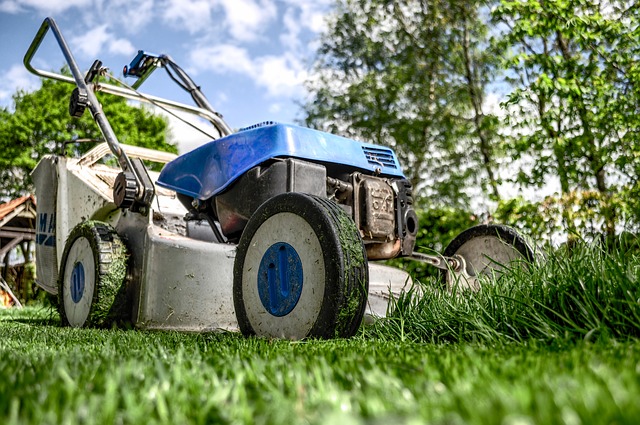Understanding the Differences of Gas Versus Electric Appliances
When you buy home appliances or HVAC systems, you generally have a choice of gas or electric. From hot water heaters to stoves to dryers, each has either a gas or an electric option. There are two questions people have about the different. Which is more efficient, and which one will save you money in the long run?
Taking a look at various gas and electric appliances, one can easily begin to see the pros and the cons of each. Top Shelf Appliance has gathered up the pros and cons of gas and electric appliances. With this information, it will be easier to choose the option that best fits your budget and your lifestyle.
General Considerations
Which is safer? Gas or electric? Both have potential safety hazards. With gas appliances, you need to make sure that your home is properly ventilated and you might want to invest in a carbon monoxide detector. Electric appliances should be installed and maintained by trained professionals to ensure that everything is done correctly to minimize the risks of electric shock and fire.
Which is greener? Gas definitely wins in this category, particularly when it comes to gas dryers, which use 30% less energy than their electric counterparts.
Gas Vs Electric Dryers
The average American family does 400 loads of laundry per year. That’s a lot of dryer loads! The Consumer Energy Center says that a dryer accounts for roughly 6% of a household’s average energy consumption.
While line drying in the fresh air certainly is the greenest and most cost-effective way of drying clothes, it is not necessarily always an option. Weather can hinder this method and some neighborhood associations have banned line drying entirely.
An energy efficient dryer is a person’s best bet to getting those clothes dried. While gas dryers cost more for the initial purchase, natural gas is typically more cost-effective than electricity, depending on where a person lives. Depending on location, the cost difference works out to electric dryers costing about 32-41 cents per load and 15-33 cents for an gas dryer.
Gas Vs Electric Stoves
Here, the upfront costs are reversed from dryers. Electric stoves tend to have a larger initial purchase cost than gas stoves, but the difference is minimal. It’s in the utility rates where things differ. Like with dryers, it depends on where a person lives, but gas stoves generally cost between 10% to 30% less than electric ones to operate.
When it comes to performance, this is where gas stoves shine. Gas stoves react more quickly to temperature changes than their electric counterparts. Electric stoves take time to cool down when the temperature is lowered or it is turned off. After that, the differences come down to personal taste and cooking preferences.
Another huge consideration is how a home is wired – switching to accommodate all gas or electric appliances may require major renovations which need to be factored into your budget.
When it comes to the debate about gas or electric, one must consider their lifestyle, budget, and preferences. These tips should help you make the choice that’s best for you.








